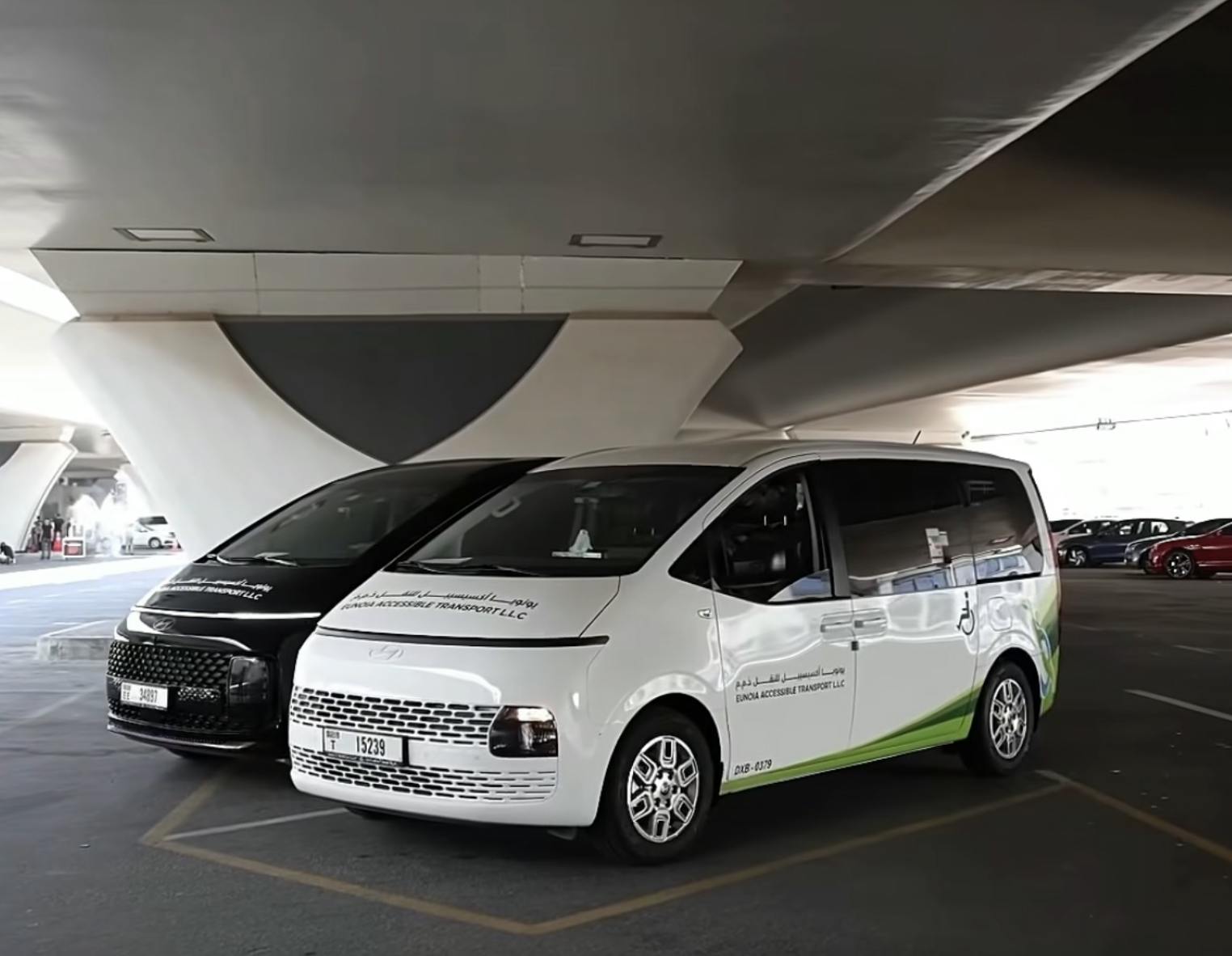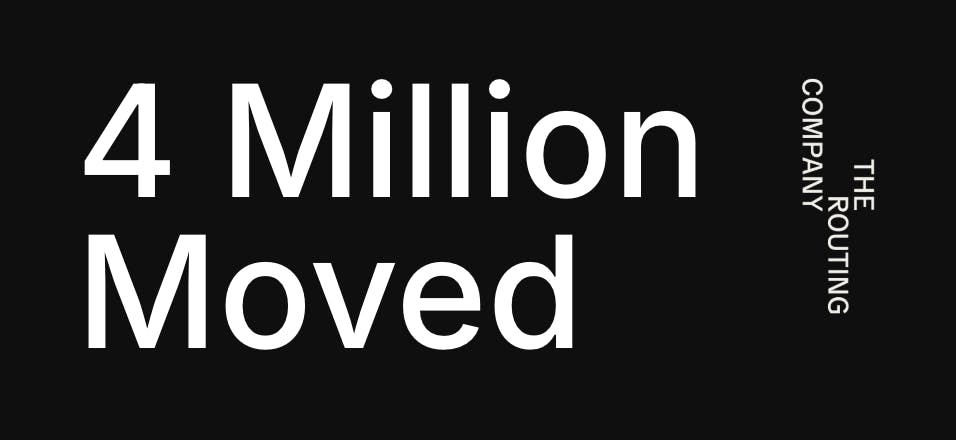
One Transit, Infinite Possibilities: the path to true transit equity
In a world where nearly half of Americans are cut off from public transit, The Routing Company’s revolutionary approach – “One Transit” – offers a beacon of hope. This vision of same-day, intermodal paratransit redefines accessibility and paves the way towards convenient service for all. Dami Adebayo, TRC’s Director of Partnerships, reveals how One Transit is not just enhancing accessibility, but transforming the very essence of transit equity.
Imagine living in a country where 45% of its citizens are stranded with no access to public transit. It’s not a dystopian nightmare – it's the current reality for hundreds of millions of Americans who are struggling to reach jobs, critical appointments, or basic amenities. This grim statistic underscores a harsh truth: today, transit is far from equitable.
For those with disabilities, the elderly, low-income individuals and rural residents, the barriers to reliable transportation are monumental. These groups face the harshest consequences, where the lack of access deepens existing inequalities. As Lindy Norris, TRC’s Vice President of Marketing & Policy, highlighted in her 2023 article “Flexible Transit Is Not Optional”, without access to transit, escaping the cycle of poverty becomes nearly impossible. The disparity in transit access is a direct contributor to the widening gap in life opportunities.
When it comes to equity, transit has to do better. And thankfully, it can.
Obviously, public (federal) funding is important and is a key enabler of expanding transit (and transit access) across the country. But, equally or more important is how we design and deploy transit modes and networks. This is where One Transit comes in.
- What is One Transit? One Transit is a transit network design that operates high-frequency intermodal accessible transit through technology.
- Why does One Transit matter? The idea behind One Transit is to cost-effectively achieve and maintain equity in transit accessibility and rider experience, so that any rider can get a trip within 15 minutes by being directed to the most effective mode.
Rather than continuing to expand highways across America and allowing the continued proliferation of single-occupancy vehicles, we can simply (yes, simply) use the existing transit assets we have, in a better and more efficient way. It’s not about making do; it’s about making it better.
The power of One Transit lies in the integration of all transit modes – paratransit, microtransit and fixed routes – meaning they are designed to operate in-sync, with seamless connectivity powered by technology (in our case, with Pingo).
This goes beyond merely “commingling”, where vehicles are used for paratransit and microtransit services at the same time. Commingling tends to overlook the backbone and most efficient transit mode (fixed routes), whilst One Transit is about using demand responsive services as feeder services to/from fixed services to approach the door-to-door convenience of cars, but with the efficiency of mass transit.
Our vision is to transform isolated systems…

Into one equitable, spontaneous, opt-in commingled network.

What this does is provide all transit riders, regardless of mobility needs or location, the ability to take transit at a time and place that is convenient for them. No more waiting for the bus to come every hour or having to walk 15 blocks to the nearest stop.
Traditional commingling is an important first step towards One Transit. As Diane Feinstein, Transportation Manager for FAST Transit said, “With commingling and having the paratransit community on the same vehicle, it makes somebody who has a disability feel like they're just another member of the general public. It offers a lot of opportunities for them [riders] to meet other people.”
The goal of One Transit is to empower those same paratransit riders to also be confident in planning / connecting to fixed route services as well.
The impact can be life-changing. Take Betty, a retiree from Sussex, UK, whose life was transformed by on-demand transport. Previously forced to walk six miles round-trip to access transit, Betty now enjoys newfound freedom. She describes it as: “Opening so many doors to everything: it gets me to the rail station and to friends I haven’t seen in a long time. I always arrive exactly on time and have never, ever been late. I have a completely different attitude and new social connections as well.” Her story is a powerful testament to how One Transit can profoundly enhance lives.
The not-so-secret key to effective deployment of One Transit is through hyper-localized service design. Transit leaders must consider how multiple transit modes can come together to achieve one outcome, while simultaneously recognising that One Transit is not a one-size-fits-all solution.
By involving all transit stakeholders – local residents, bus operators, train schedulers and even land use planners – the outcome of an integrated, far-reaching network can be delivered by tactfully building upon existing services and resources.
One Transit recognizes that different stakeholders, in different places, all have different needs – and ensures network design accounts for this from the moment local transit objectives are defined. This is equity in action.
To explore what One Transit can do for your community, reach out to move@theroutingcompany.com, or apply for a pilot at theroutingcompany.com/pilotapplication and we’ll get in touch.
To contact Dami, email dami@theroutingcompany.com.


